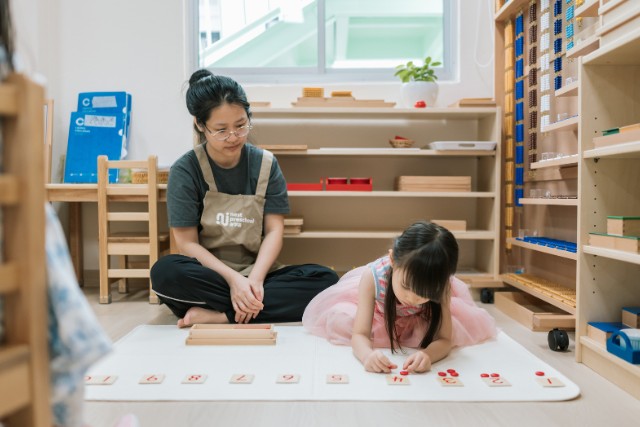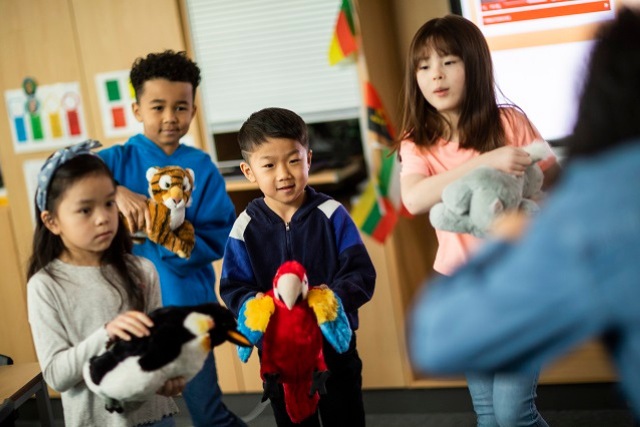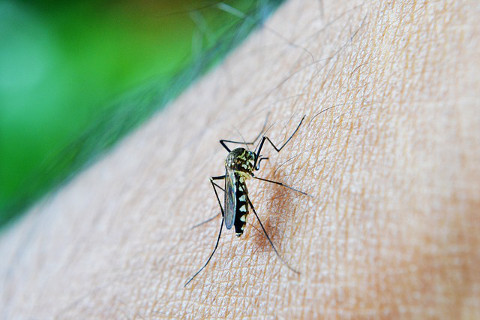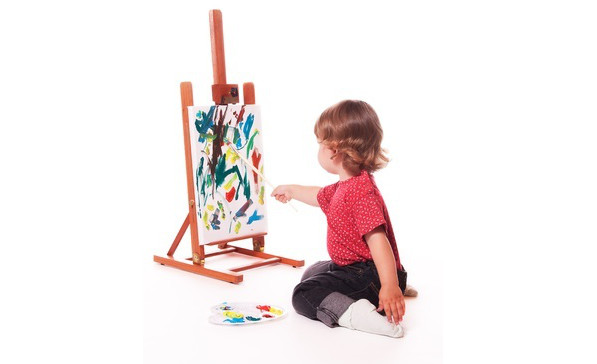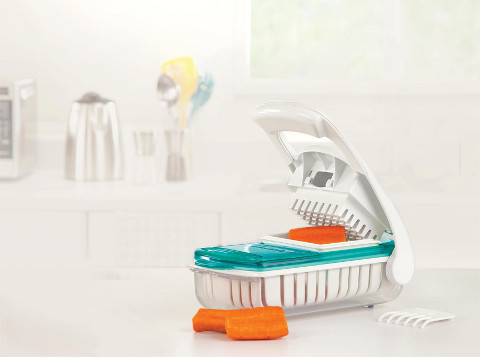What are some of the common orthopaedic conditions in babies? Dr Wong Chin Khoon, Paediatrician at SBCC Baby & Child Clinic (Tiong Bahru) explains two conditions.
1. Torticollis
What is torticollis?

Also known as wryneck, the baby’s head is observed to persistently tilt to one side. The baby has a limited range of motion in the head and neck, with the head tilted to one side. This may be associated with a swelling on one side of the neck or asymmetry of the head and face (plagiocephaly).
What causes it?
There are many types of torticollis but the most common is the congenital muscular torticollis that happens in one out of every 300 live births. This is due to the shortened and contracted sternocleidomastoid (SCM) muscle that runs along either side of the neck.
Underlying reason is not certain but believed to be due to malpositioning inside the worm, abnormal development or trauma to the muscle on one side. Rarely, congenital muscular torticollis is associated with underlying bony or muscular disorder or part of a genetic syndrome.
Acquired torticollis usually happens in older kids and can be due to a simple viral throat infection, minor trauma, visual problem, gastroesophageal reflux etc.
Is there a relationship to Plagiocephaly?
Plagiocephaly is the asymmetrical head shape of the baby. One of the causes is congenital muscular torticollis.
What can parents do?
Parents should bring their concern to the doctor. Parents are taught exercises to do at home that will manually and passively stretch the SCM muscle. These exercises are usually very effective, especially when started as soon as possible. The doctor may also refer the baby to the physiotherapist to assess and give hands-on demonstration of the exercises. These exercises are usually supervised for the initial sessions and can be subsequently performed at home for the next few months with success. The Helmet therapy is rarely needed and reserved for severe and persistent plagiocephaly.
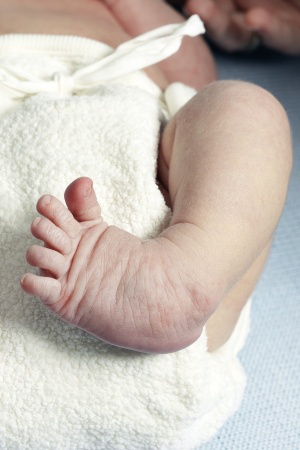
2. Club Foot
What is club foot?
It is also known as congenital talipes equinovarus (CTEV) and is a congenital deformity involving the bones, muscles, tendons of the foot. It results in the foot being turned downwards and inward, giving an appearance similar to the head of the golf club, hence the name.
What causes it?
Researchers are still uncertain (idiopathic) but it is believed to be a combination of genetic and environmental factors. There is an increased risk in families with a history of clubfeet. It may be associated with certain congenital conditions like spina bifida or cerebral palsy.
Incidence is one in every 1,000 live births with 50% being bilateral and occurs in males twice as frequently as in females.
What is the Treatment?
Treatment is best done immediately after birth to have the best chance of success without surgery. The mild and flexible clubfoot (can be stretched easily back to the correct position) can be corrected easily by daily stretching and usually does not involve any further treatment. However, for the more resistant or rigid clubfoot, treatment involves serial stretching and casting to hold the feet in a correct position for the first few months.
This is followed by wearing of special shoes and several years of bracing. Surgery is usually not needed except for the more severe cases where a minor surgery is done to release and lengthen the Achilles tendon. Botox is also being used as an alternative to surgery. It causes some weakening of the calf muscle by preventing its contractions.
20 to 30 percent of kids need additional interventions later on in childhood for tendon tightness or to prevent recurrence of the condition. The well-treated clubfoot is no handicap and is fully compatible with a normal, active life.
Dr Wong Chin Khoon, Paediatrician at SBCC Baby & Child Clinic (Tiong Bahru)
Practice Address
SBCC Baby & Child Clinic
Blk 26 Jalan Membina #01-05
Singapore 161026
Tel: 6276 5700
If you find this article useful, do click Like and Share at the bottom of the post, thank you.
Like what you see here? Get parenting tips and stories straight to your inbox! Join our mailing list here













